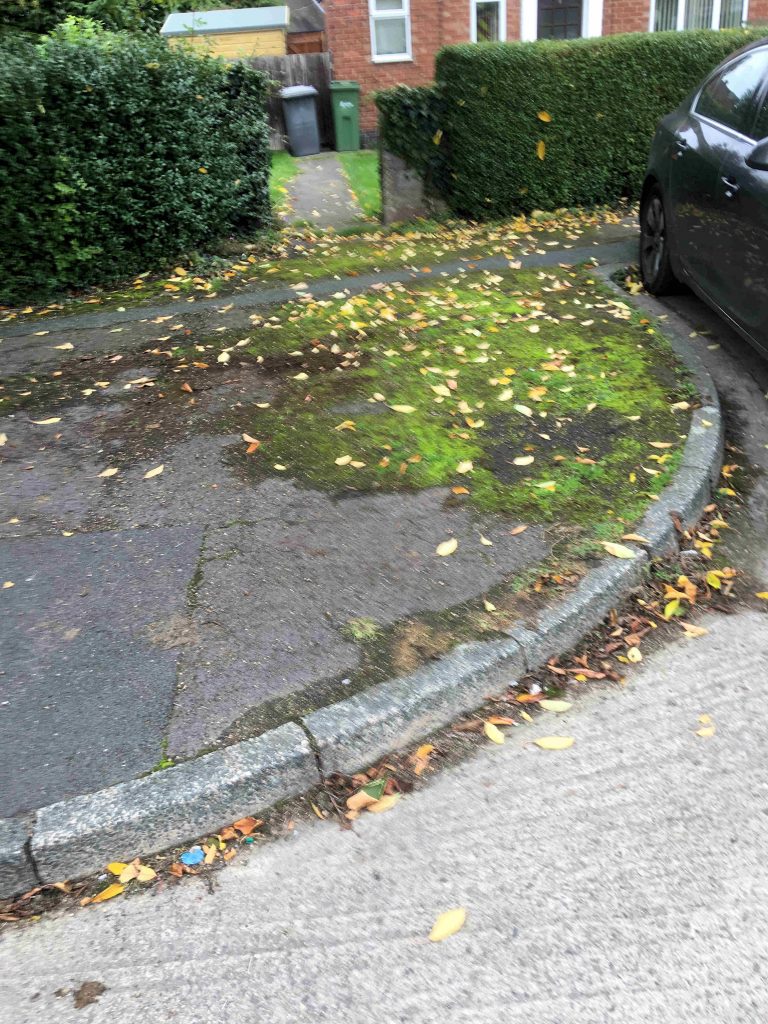The York Council is reviewing how the £4.8 million budget, delegated to be spent pro rata in wards across the City, is being used. Those reading the report will be little the wiser.
Even before COVID struck, there was a marked lack of transparency on the budget process while prioritisation had become an almost mystic art.
In most parts of the City, resident involvement – the principal objective of devolution – has been almost completely missing.
Originally, the money was apportioned to be spent on
- Local improvements (something which has been happening in the City for over 20 years).
- “Pride in York”,
- Safer Communities (crime prevention),
- Highways improvements, &
- Council estate improvements (another long running programme which is funded from rents).
The precise division of the budget can be viewed by clicking here

In the autumn the budget was top sliced to provide funding for COVID relief. A list of the schemes benefiting can be seen by clicking here. £55,000 has gone to a limited number of organisations.
As with the rest of the report, there are few numbers detailing how many residents have actually benefited and in what way.

While responding to the pandemic will be viewed as a worthy initiative, the report fails to detail the Councils response to many other requests for help .
For example, the lockdown has meant that many more people are exercising on local off-road paths. The result is that many are now showing major signs of wear and tear.
It is a similar situation with the off-road cycle network.
“Ward spends are closely monitored and reported on, with all ward spending published as an online ‘Officer Decision Log’ and a regularly updated spreadsheet uploaded to the open data platform“
York Council report January 2021
No updates on highways, pedestrian, cycling or estate improvement schemes are provided on the Councils open data web site.
The format of most officer decisions is impenetrable click
All in all, the system has turned into a bureaucratic labyrinth which needs to be simplified and managed properly.
Transparency, proper performance management information and resident involvement would be good places to start.













